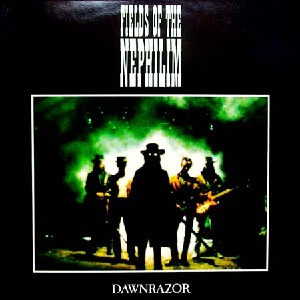 |
Audio Asylum Thread Printer Get a view of an entire thread on one page |
For Sale Ads |
 |
Audio Asylum Thread Printer Get a view of an entire thread on one page |
For Sale Ads |
104.60.35.252
In Reply to: RE: There is more to transmitted noise posted by E-Stat on April 25, 2025 at 14:24:56
Isn't it almost impossible to have grounding issues if you have a fiber network? I mean sure jist being in the same house is often enough regardless
I might be able to test. I have 2 computers one gen purpose and one audio only. Its currently disconnected but when it was, one day I heard my general pc's mouse noise. Took a while to trace but I eventually realized that the audio pc was not EXACTLY headless. I had reconnected the hdmi cable to the audio pc and never disconnected. They were tied together at the TV (monitor). Disconnected and mouse noise gone. Can see if its diff with fiber. Though the devices share the same outlet so the ethernet connection may have nothing to do with it.
Yea. ANOTHER audio thing to figure out. Can't get DSD to work with my Tascam DA-3000 through Spdif-3 bnc connections. My Antelope Zeo stopped working with IOS 18.4.1 and the Neutron player seems to only output 32bit which means half my gear wont work. :(.
Cut to razor sounding violins
I know what I don't know. :)
That seems to be the concept and why Sonore created their fiber based version of my endpoint. Stray currents and noise do travel along conventional Ethernet which is why I use the Tripp Lite filter.
" Stray currents and noise do travel along conventional Ethernet"
That's why the Ethernet standard requires transformers at each end for isolation. Transformers are very good at generating and receiving differential signals while providing high common mode noise rejection. This makes them an excellent combination with twisted-pair wiring.
Just a thought.... If optical network coupling provided noticeably better audio quality from a streamer you would think that more manufacturers would incorporate optical. IMHO, it's mostly marketing and a way for some companies to differentiate their product.
Just my 2-cents worth as I can't argue with what other people hear or think they hear.

There are market factors. Fiber is more expensive and though it is cheaper than it used to be, its not exactly plug and play like copper. As i understand it not all modules really work together though they should. For example I was strongly advised to buy the modules from my switch manufacturer and not another cheaper brand.
You need a special switch and cables and need to be careful with the runs and bending. Much easier to sell plug and play use existing equipment, etc. its kind of like I2s in that some manufacturers offer it but most don't.
And if your premise about copper ethernet is true (that transformer and utp wiring handles noise, why do they make ethernet isolators for hospitals? What am I missing?

Cut to razor sounding violins
Optical GBICs and SFP's along with optical cables are designed to run at certain wavelengths so it does matter which compatible components you choose for your data center application. Optical cables are usually color coded. Think of an optical cable as a waveguide for light much like metal waveguides are used for microwave RF propagation.
Most everything you said is true in a data center BUT- optical Ethernet to a network streamer for audio applications offers no practical benefit - IMHO.

I looked at the isolator link you posted. Its the exact one I am using between the walljack and my switch. Do they add? I have a 2nd one somewhere and could put between the computer and the switch, though the fiber should make that unnecessary I would think.

Cut to razor sounding violins
Its the exact one I am using between the walljack and my switch. Do they add? I have a 2nd one somewhere and could put between the computer and the switch
Potentially yes because you've introduced a new source of noise in the second case.
This post is made possible by the generous support of people like you and our sponsors: